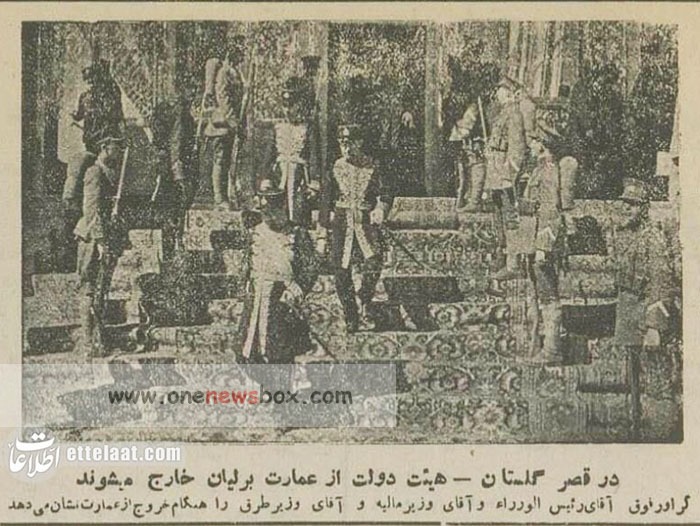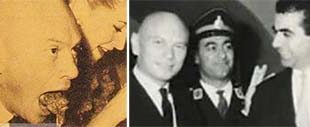With the rise of the Pahlavi dynasty, Reza Shah Pahlavi (24 Esfand 1256 / Rabi al-Awl 1295 – 4 Mordad 1323) retained and adapted this royal tradition. Reza Shah, originally a military leader, ascended through the ranks before founding the Pahlavi dynasty. His political career began with his appointment as Minister of War from 1300 to 1304, and later as Prime Minister during the final years of the Qajar period. After his failed attempt at establishing a republic, Reza Shah assumed the throne in 1304, officially bringing the Qajar dynasty to an end. His reign lasted until 1320, when the Allied occupation of Iran forced him to abdicate in favor of his son, Mohammad Reza Pahlavi.
Reza Shah’s ascent to power was marked by perseverance and military prowess. Born into poverty, he joined the army at the age of 12 and steadily climbed the ranks. His career took a significant turn in 1917 when British General Edmund Ironside appointed him commander of the Cossack forces. In a coup d’état on 23 March 1917, his forces seized control of Tehran. As Minister of War, he suppressed numerous uprisings and strengthened central authority. On November 23, 1923, Ahmad Shah Qajar appointed him as Prime Minister, and within two years, he was declared king by the vote of the Constituent Assembly.

